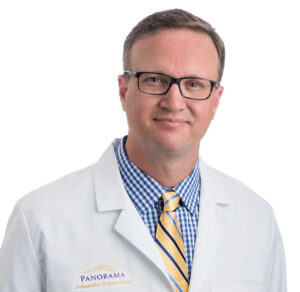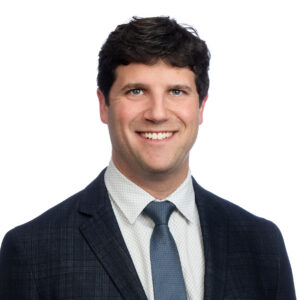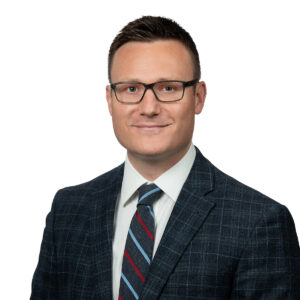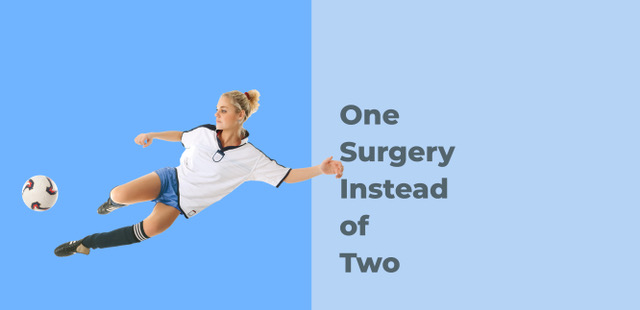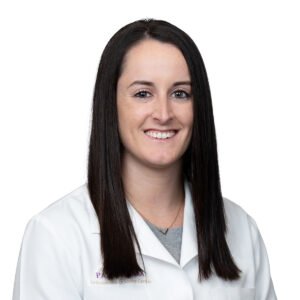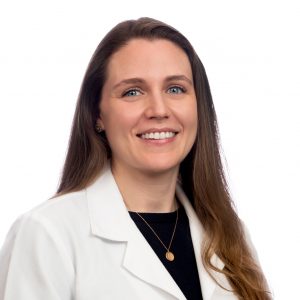The onset of hip pain can occur gradually over time or it can come on suddenly due to an injury. Younger patients often suffer an acute injury and feel a sudden and sharp pain in the groin area. However, sometimes patients have no idea how the injury occurred but have pain when the hip is flexed forward and internally rotated (when the toes and knees are rotated inward). Older patients often notice pain with activities such as yoga or even simply sitting.
In recent years physicians have become more experienced at diagnosing conditions earlier. Conditions such as hip dysplasia, Femoro-Acetabular Impingement (FAI) and labral tears are commonly seen in young active patients. These things, if not corrected may cause hip pain and can lead to premature arthritis. These conditions are thankfully correctable, and, if caught before significant arthritis develops, can prevent the formation of arthritis in the joint.
Both labral tears and hip dysplasia tend to be more common in females, however these conditions can affect men too. Certain sports can also place people at a higher risk for a labral tear – from soccer, hockey, ballet, lacrosse, basketball, softball, gymnastics, martial arts, and figure skating. Individuals with a labral tear usually have pain in the front of the hip or groin, and often times they are diagnosed with a muscle pull or a groin strain that doesn’t get better with rest and anti-inflammatory medication. Some young or middle-aged athletes may be predisposed to labral tears, based on the repetitive motion of their activity or sport, including: runners, tri-athletes, volleyball, soccer and hockey players as well as gymnasts and dancers.
Common Symptoms of a Labral Tear
- Pain in the front of the hip or groin that gets worse with activity or motion
- Decreased range of motion in one hip, when compared with the other
- Pain often gets worse with sitting for long periods of time
- A locking or catching sensation in the hip
- Difficulty putting on socks or shoes
- Pain that does not get better with physical therapy
Hip Dysplasia is a condition that is often diagnosed during exams at birth or in infancy. When caught early it can most often be treated non-operatively. However, if diagnosed after the age of two, often surgery is necessary to correct the problem and properly align the bones of the hip joint.
Today, 9 out of every 10 cases of hip dysplasia are diagnosed during adolescence or early adulthood. Hip dysplasia occurs when the hip socket does not form in the normal shape and orientation. The hip socket, in patients with dysplasia, is tilted, shallow, and not properly aligned or covering the ball of the femur. When this is the case, the ball either rides on the edge of the cup, damaging the labrum, or (in severe cases) is also able to ‘slip out’ of the joint causing pain and cartilage wear. Not all individuals with a labral tear have dysplasia, but most often someone with dysplasia will also have a labral tear because the wear and tear it causes within the joint.
Common Symptoms of Hip Dysplasia
- Hip pain caused by dysplasia is frequently associated with activities.
- Often people describe the pain as coming from deep inside the groin, but it can also radiate from the side or the back,
- Over time, the pain generally becomes more frequent or the intensity more severe.
- In some cases, people with this condition may develop a mild limp if they do not address the cause.
- In severe cases, one can also develop a leg length difference.
It is important to get to the bottom of hip pain because hip dysplasia and labral tears are the leading causes of arthritis in women less than 50 years old. This often leads to pain and an early hip replacement.
